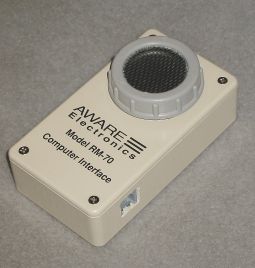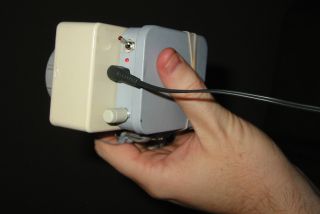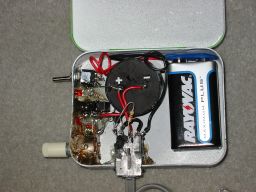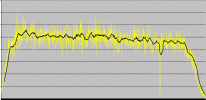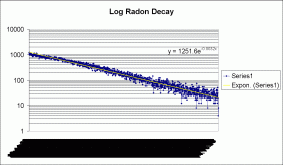This was posted on the
Minor Planet Mailing List by Ladislav Nemec.
Michael Brown wrote up his page about the issue
here.
Reiner Stoss forwarded Brian Marsden's CCNet post about the issue to the MPML as well; it is available
here for the moment.
Hello MPML,
Jose Luis Ortiz of Sierra Nevada Observatory asked me
to forward his letter.
-----------------------------------------------------
Hello MPML, I provide you this information which will
go to my webpage in the next days. The detailed timeline
of our find was given to Daniel Green, director of CBAT long
before any controversy. Anyone can ask him and check against
any other timings of events provided by M. Brown. I suppose
that this has been done by the pertinent authorities and
that is why no official request on anything has been sent to
us by the International Astronomical Union (IAU).
Here I will repeat the timeline of events and even expand
some details:
The analysis of most of our 2003 survey images had been
postponed several times because they had a different optical
configuration to the current one and many images had problems,
so only this year did we begin processing them.
On Monday July 25th the object is found in some of our
March 2003 triplet images. We do all possible checks to discard
image artefacts being the cause and to make sure it is not a
false positive. We had had false positives in the past so we
were very careful. We realized that the object was very bright
and could be the same one mentioned in a DPS abstract web page.
A regular google internet search on K40506A leads to a public
internet web page with what appears to be coordinates of many
things. This is no hacking or access to private information nor
spying of any sort. Some of the coordinates shown in those pages
are not very far from ours despite the several years difference
so the object could be the same one but we cannot really tell as
we are not dynamicists and we decided to submit the astrometry
to the Minor Planet Center (MPC) because the MPC is to make such
things.
On Wednesday 27th a report with our 3-day 2003 astrometry is
sent to the MPC with the subject "possible new object" as we
were not sure if it could be new or not. MPC reports have a very
short and specific format and are not regular scientific publications.
Astrometry of known or unknown objects is regularly submitted by
many of us to MPC and as I said they are not peer-reviewed
publications and have no references or bibliography sections,
but even if we had that option there was no possible reference to
give as K40506A was nothing standard and it was not even sure that
it was K40506A.
Apparently this report went unnoticed to the MPC and since we did
not get a response, the next day we seek help of OAM people for
precovery (that is, to try to find the object in publicly available
image archives on the internet) as we had no experience on this.
This requires orbital computations for which we do not have expertise.
R. Stoss was particularly helpful as a reputed person in precoveries.
The description of the process is very technical but I reproduce
it here anyway, quoting parts of his own words to the minor planet
mailing list.
------
The initial orbit based on the three positions from 2003 was a
crap, even retrograde if I remember well, but it was good enough
to find it on NEAT data from few days later. This way the orbit
was improved iteratively, the prediction improved, new frames
found etc. until the NEAT archive was plundered. The next step
then is to go to DSS, until back to POSS I. From all the 1-opp
TNO precoveries I had done so far, this one was a no-brainer.
The object was very bright and the "stepstones" were perfect,
i.e. the frames and plates were perfectly "timed". Thus DSS2
and 1 were plundered and some POSS I non-DSS plates as well and
both NEAT and DSS data submitted.
Additionally, as it was getting dark in Spain and weather was
clear in Mallorca, I opened over internet the 30-cm scope and
started to prepare it for the night, looking We had to start
before the end of nautical twilight because the object would set
behind the shelter soon. We did 30 images of 30s each and stacked
with Astrometrica in sets of 10 images to get three measurements.
Motion could not be seen visually but the numbers showed it moving
and in the right direction. So I decided we should report these
three data points instead of stacking all 30 images to get one
data point. One data point would have been better (better SNR etc.)
but I know the MPC folks and their pretentions
------
As a result of all of this the provisional designation of the
object was assigned to our 2003 images, but Brown's group received
credit through several means. It is evident that they spotted it
first, but did not report it to the MPC so the provisional
designation came to our images.
We have been studying physical properties of large Trans Neptunian
Objects for several years and have published more than 10 scientific
peer-reviewed papers on them, so we are driven by purely scientific
goals here. We conduct also our own survey since late 2002 in order
to find a few very large TNOs and report them to the astronomical
community as soon as we find and confirm them because we believe that
international scientists working together, collaborating and sharing
resources can boost science progress and do the best possible job.
In other words, our survey is not only to feed our work, but also to
provide the scientific community with objects that can soon be
studied by the international community with all its man and
technology power.
Jose L. Ortiz
 .
.
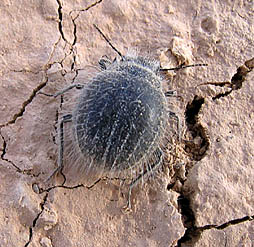
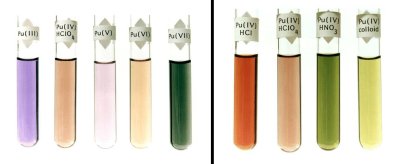

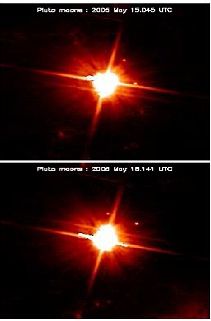
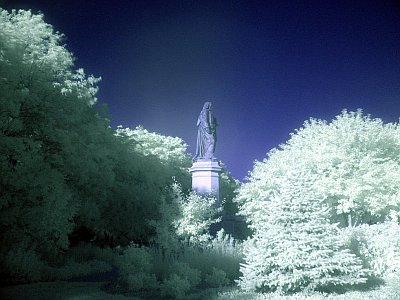
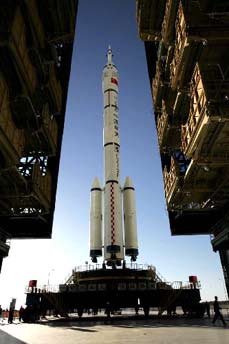 Photo from
Photo from 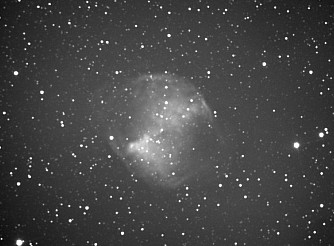
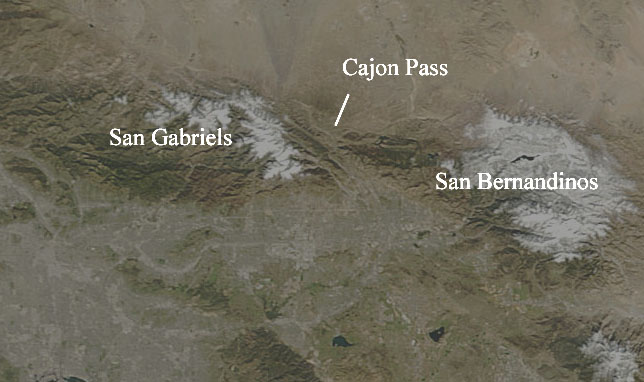
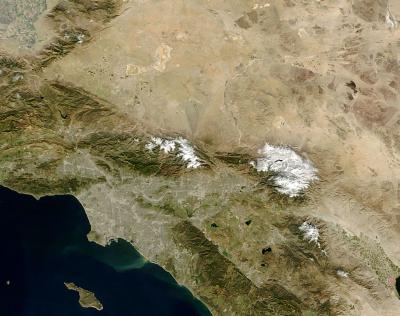

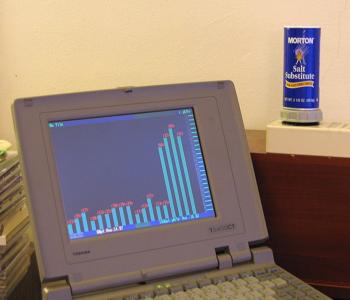
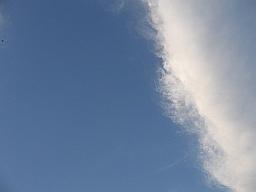
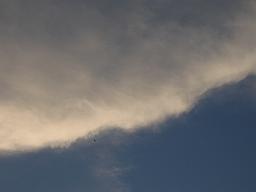
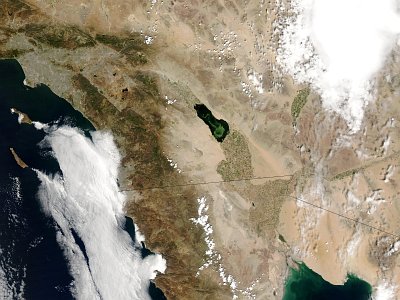 Salton Sea Algal Bloom
Salton Sea Algal Bloom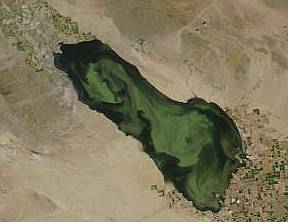
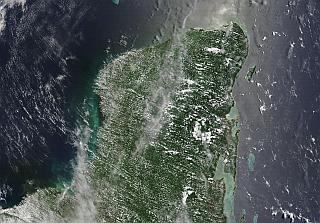
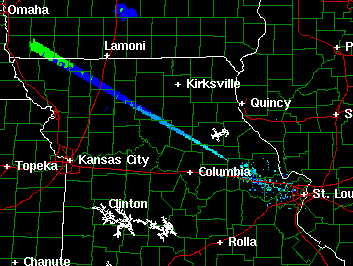
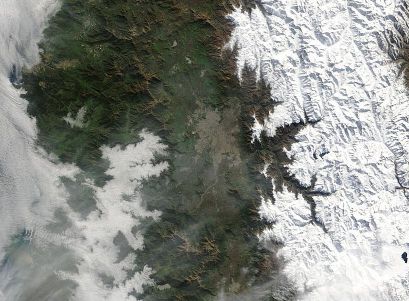

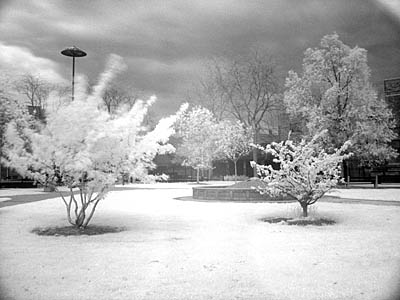
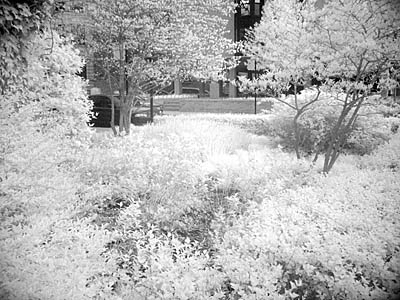
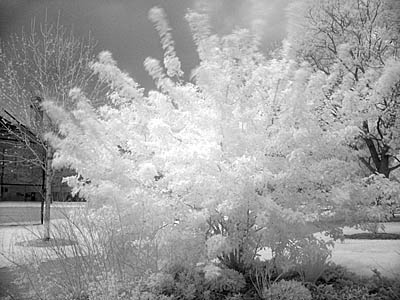
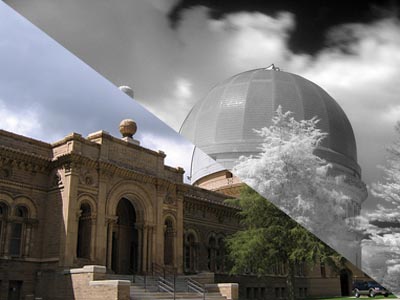
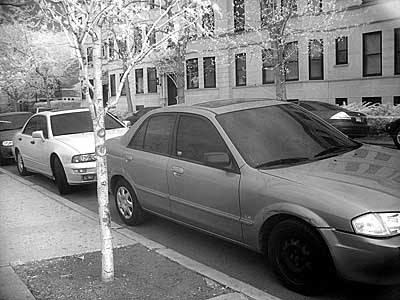

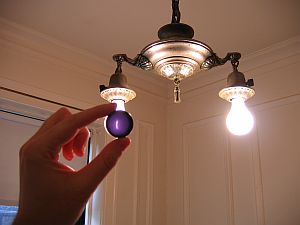
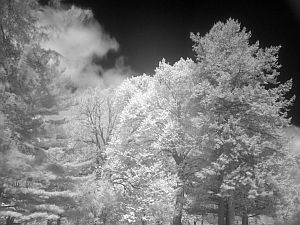
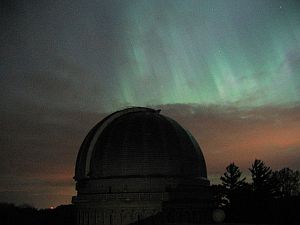 http://astro.uchicago.edu/RAS/rchive/yerkes-aurora/index.html
http://astro.uchicago.edu/RAS/rchive/yerkes-aurora/index.html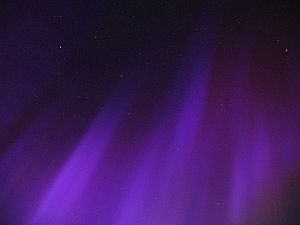
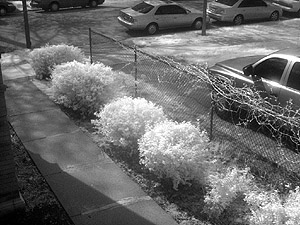
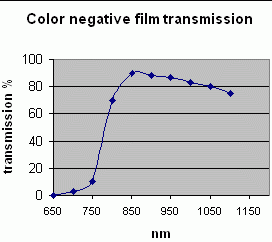
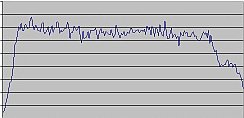
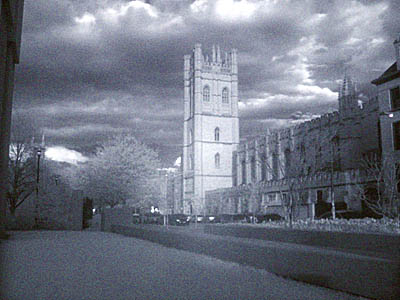
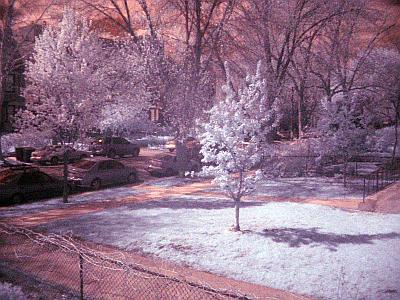

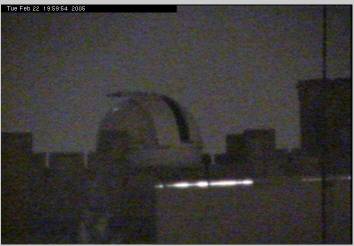

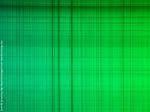 The Solar Spectrum -- Magnesium Triplet
The Solar Spectrum -- Magnesium Triplet Terrestrial Oxygen Red
Terrestrial Oxygen Red The Sodium Doublet
The Sodium Doublet
